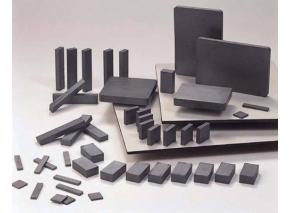The Role of Samarium Cobalt Magnet in Treatment
After the magnetization of the samarium-cobalt magnet, the water molecular bond of common water will be deformed at the same time. The hydrogen bond angle decreases from 105 degrees to 103 degrees, which changes the physical and chemical properties of water.

The activity and solubility of water will also be improved correspondingly. CaCO3 in water will be decomposed into lower soft carbon during cooking. Calcium bisulfate is not easy to accumulate on the wall, on the contrary, it is easy to be carried away by water.
Moreover, the degree of polymerization of water will be increased, and the dissolved solid material will become finer particles. When the particles are refined, the distance between the two ions is relatively small, so it is not easy to condense on the wall, so as to achieve the effect of scale removal.
Because of the different geographical environments and mineral content in water, harmful substances in water greatly affect our life and health.
Calcium and magnesium salts in water are insoluble, which affect the absorption and Photosynthesis of animals and plants. The practice and scientific experiments have proved that samarium-cobalt magnetization in “Wokai” can change the physical properties of water, such as surface tension, density, and solubility.
Rare earth magnets have a significant impact on the chemical properties of acid and alkali. Magnetized water can increase the activity of enzymes in water and the permeability of biofilm.
Regular drinking not only strengthens the healthy function of the body but also regulates the microcirculation system of the human body. Integrate, digest, endocrine and neurological functions, improve human immunity, and prevent and treat a variety of diseases. After high-intensity magnetization, water molecules are activated and oxygen content is high.
Samarium cobalt magnets can be used for the following diseases:
1. Neurological diseases: insomnia, neurasthenia, headache, etc.
2. Osteoarticular muscular system diseases: cervical spondylosis, hyperosteogeny, periarthritis of shoulder, lumbar muscle strain, herniation of intervertebral disc, etc.
3. Others: hypertension, insufficient cerebral blood supply, slow cerebral blood flow, cerebral infarction, bronchitis, asthma, hemorrhoids, constipation, and other systemic diseases, as well as the pain and numbness caused by these diseases.